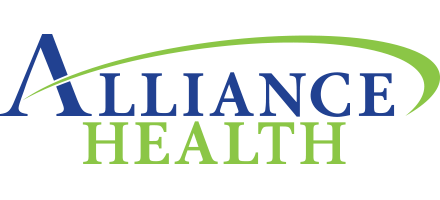Make the Best of an Injury
You never think it is going to happen to you, until it does. That annoying pain in your shoulder or ache in your back has just given way to something you can not ignore, as you find yourself unable to do the things you need to do throughout the day without considerable pain. It is truly amazing how much abuse our bodies can take, but at some point they reach a breaking point. Now it is up to you to turn this typically negative experience into a positive one, and today we are going to talk about how to do exactly that.
Aside from a major accident — like a head trauma or complicated spinal fracture — nearly all injuries can be fully recovered from; and a lot can be learned and gained from the process.
Injuries teach body awareness, help you unlearn poor movement mechanics and remind you to keep learning the best ways to navigate your life as efficiently as possible. Let us use the example of a rotator cuff tear to expand on this further. Chances are that leading up to the injury, you knew things didn’t feel quite right, but you never stopped to try and fix the problem, nor did you truly recognize what your body was trying to tell you. After an injury, however, you become much more in tune with things like the position and control of your shoulder blade — two things that are critical to recovery — and two things that may have prevented the injury to begin with.
Lastly, an injury reminds you to continually assess and reassess movements, lifting techniques and old habits so that your day to day activities are utilizing the best mechanics and avoiding the risk of further injury.
So if you are recovering from an injury now, think about the benefits of the downtime and make the most of it. Remember to see a professional, reflect on what went wrong, learn everything you can about the injury itself, and most importantly: Stay safe.
Alliance Health's Movement is Medicine column is published weekly in the Features section of the Hanford Sentinel.
Chris Telesmanic is a doctor of physical therapy at Alliance Health in Fresno, CA. He alternates writing this column with Dr. Maria Fermoile. Both will be happy to answer questions submitted to chris@alliancehealthfresno.com or maria@alliancehealthfresno.com. Learn more about movement, fitness and health in this space each week, or by going to AllianceHealthFresno.com, or calling 559-478-5833.



